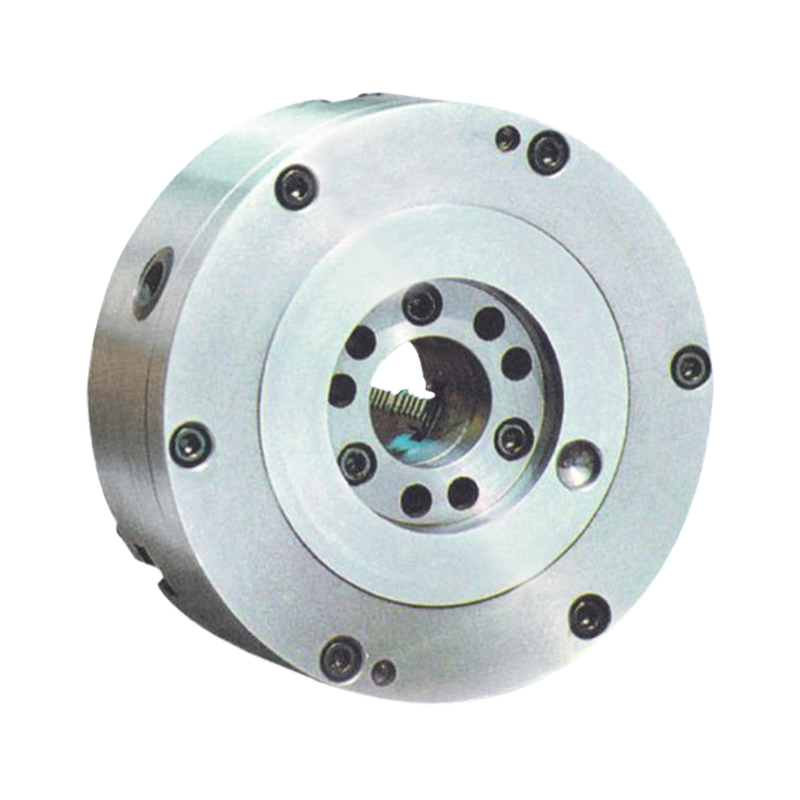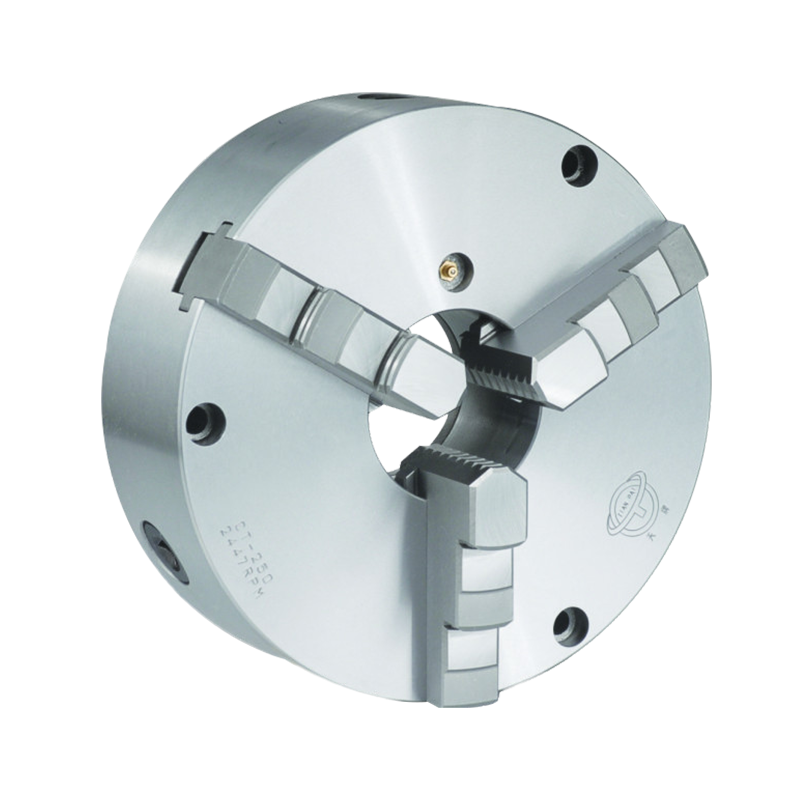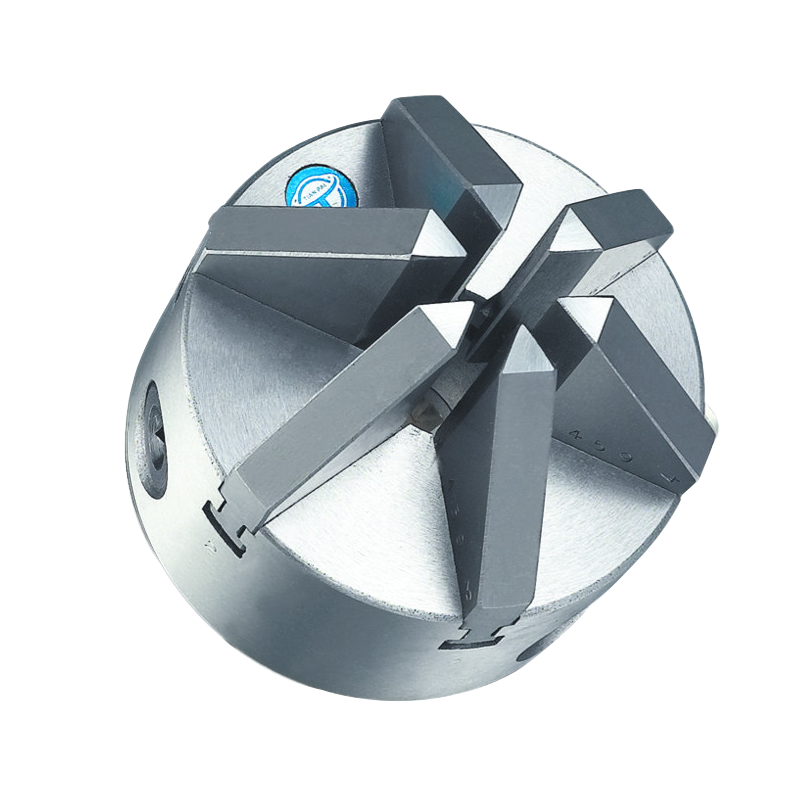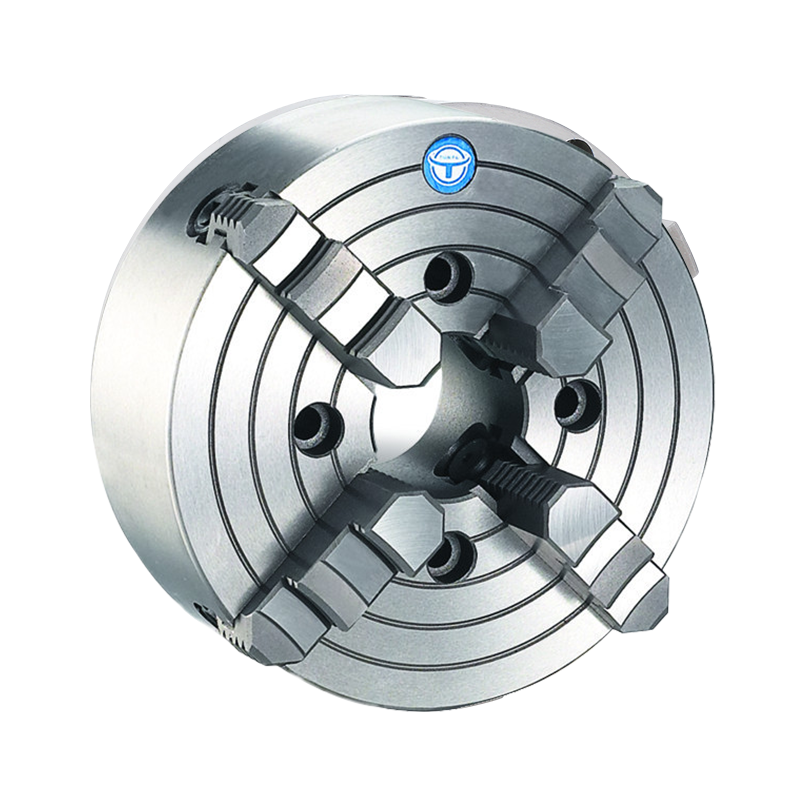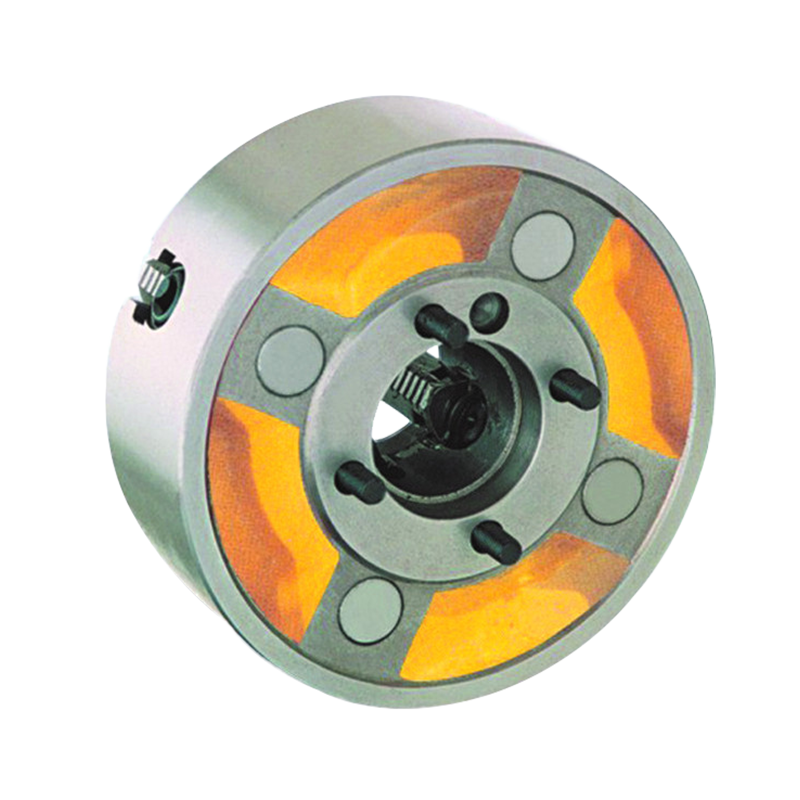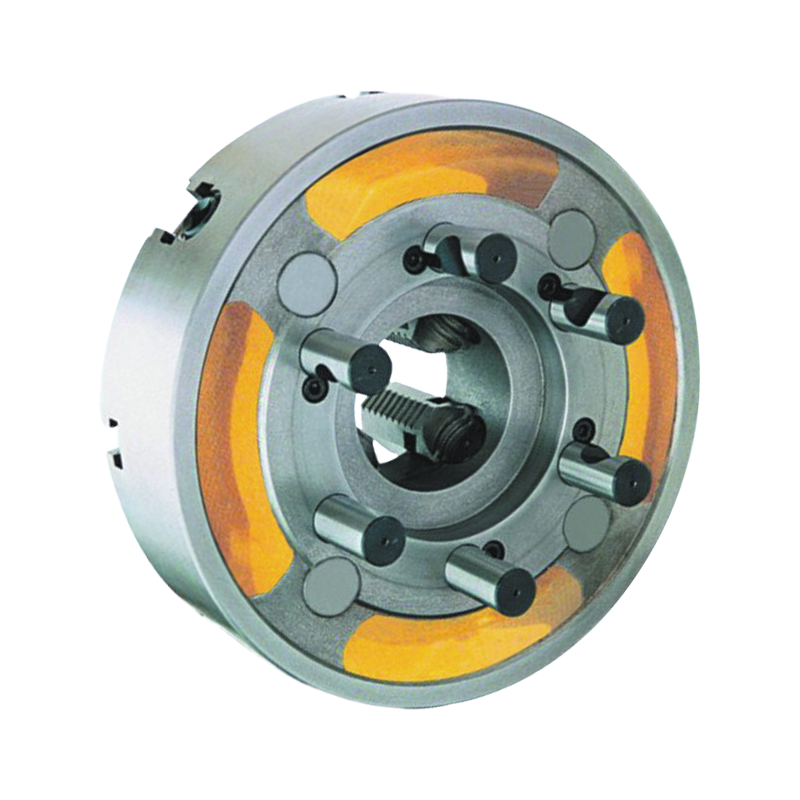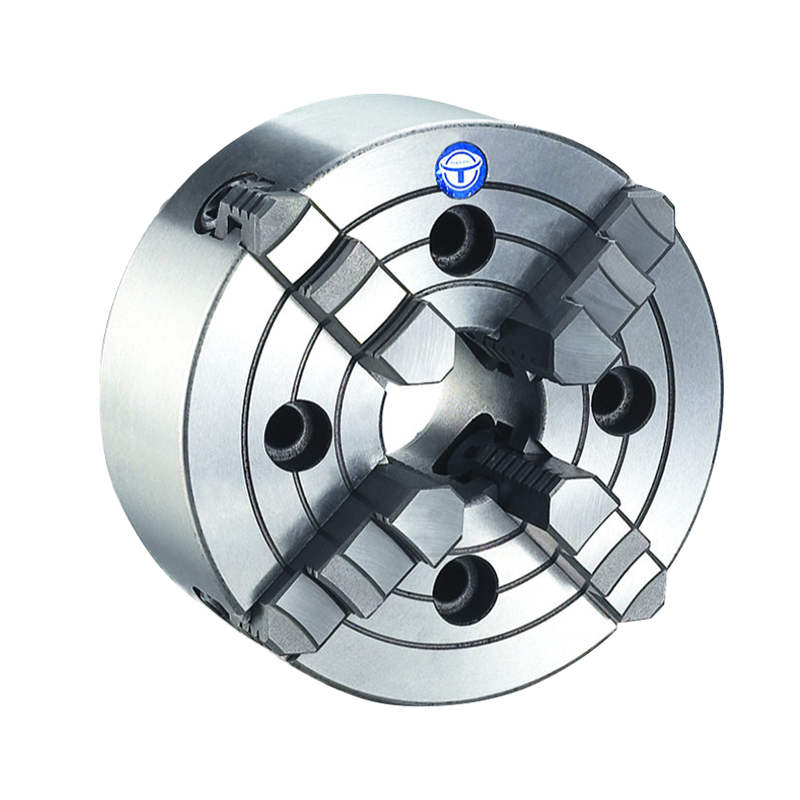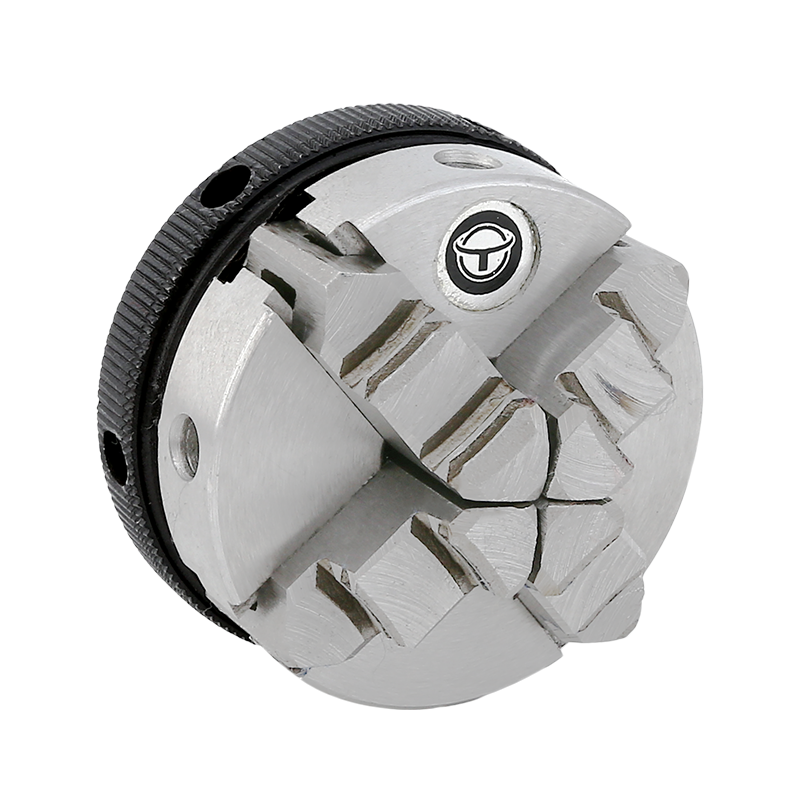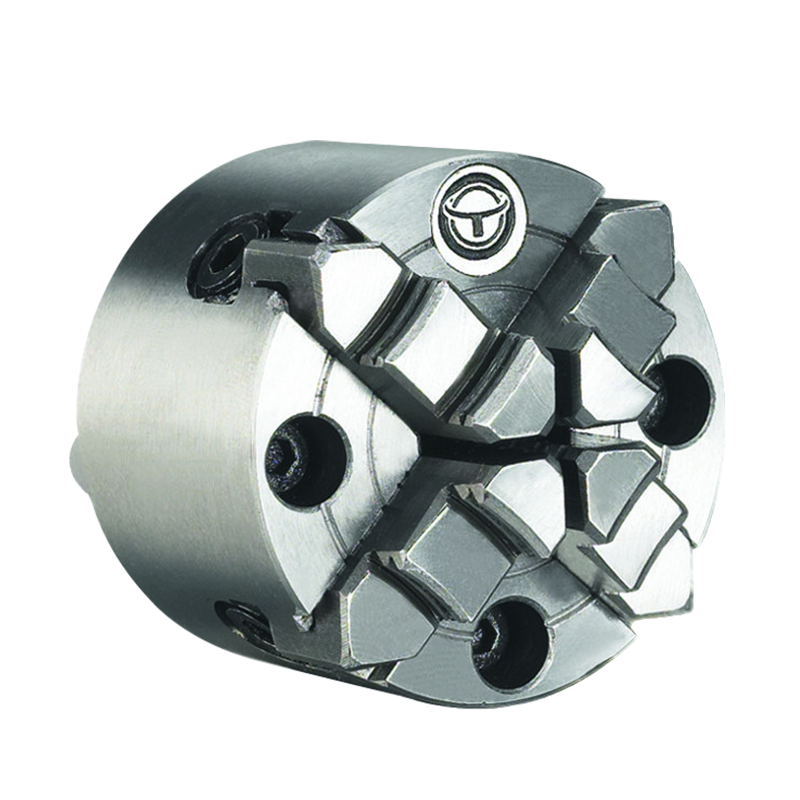Our company is a professional chuck manufacturer with more than 40 years of practical experience. In the manufacture of machine tool chucks, it has strong independent development capabilities and unique manufacturing and processing technical strength.
The world of machining and metalworking is continually advancing, and at the heart of precision turning operations lies the Self-Centering Lathe Chuck. This essential tool plays a pivotal role in achieving accuracy, efficiency, and consistency in various machining applications.
A defining feature of the self-centering lathe chuck is its versatile clamping mechanism. Unlike independent jaw chucks that require manual adjustment of each jaw, the self-centering chuck's jaws move simultaneously, ensuring equal and balanced clamping. This mechanism simplifies the setup process and allows for efficient clamping of a wide range of workpieces, saving time and enhancing productivity.
The primary function of the self-centering lathe chuck is to center the workpiece accurately. The chuck's design incorporates a scroll or cam mechanism that enables the jaws to move in a synchronized manner. This ensures that the workpiece is consistently centered, minimizing runout and eccentricity. Efficient workpiece centering is crucial for achieving precision in turning operations, resulting in high-quality finished products.
The self-centering lathe chuck facilitates quick and repeatable jaw adjustments, streamlining the setup process for machinists. With a simple twist of the chuck key, the jaws move simultaneously, gripping the workpiece securely. The ability to achieve rapid and consistent jaw adjustments enhances operational efficiency, making the self-centering chuck a valuable tool in applications where frequent workpiece changes are common.
Precision is paramount in machining, and the self-centering lathe chuck excels in delivering enhanced accuracy and repeatability. The synchronized movement of jaws ensures that workpieces are held with uniform pressure, reducing the likelihood of inaccuracies and minimizing errors. This level of precision is particularly critical in applications where tight tolerances and high-quality surface finishes are required.
The self-centering lathe chuck's design makes it suitable for clamping various workpiece shapes, including round, hexagonal, and square profiles. The jaws can securely grip different geometries, providing versatility in machining operations. This adaptability makes the self-centering chuck a go-to choice for machinists working on diverse projects with varying workpiece configurations.
Time is a valuable resource in machining, and the self-centering lathe chuck is engineered with features that contribute to time-saving and increased productivity. The quick and automatic centering of workpieces, combined with efficient jaw adjustments, reduces setup times significantly. Machinists can achieve more in less time, leading to improved overall efficiency in the machining process.
In heavy-duty machining applications, where the forces involved are substantial, secure workpiece clamping is essential. The self-centering lathe chuck excels in providing a strong and secure grip on workpieces, preventing slippage and ensuring stability during machining operations. This feature is particularly valuable when dealing with larger and heavier workpieces that demand a robust clamping solution.
The self-centering lathe chuck seamlessly integrates with CNC machining processes, aligning with the demands of modern manufacturing. Its compatibility with computer numerical control (CNC) systems allows for automated and precise control over workpiece clamping and machining operations. This makes the self-centering chuck a preferred choice in CNC machining environments where accuracy and repeatability are paramount.
The self-centering lathe chuck stands as a testament to precision engineering in the world of metalworking. With its versatile clamping mechanism, efficient workpiece centering, quick and repeatable jaw adjustments, enhanced accuracy, suitability for various workpiece shapes, time-saving features, secure clamping for heavy-duty applications, and compatibility with CNC machining, this tool has become an indispensable asset for machinists seeking optimal performance and efficiency in turning operations.

 English
English 简体中文
简体中文
